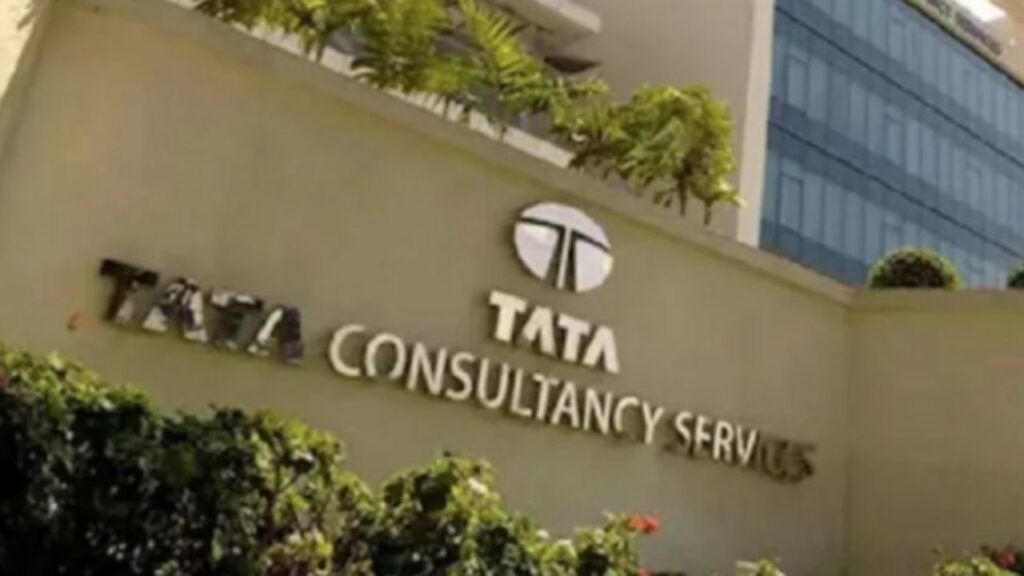Over 20 employees of Tata Consultancy Services (TCS) in the United States have filed a complaint with the US Equal Employment Opportunity Commission, accusing the company of discrimination based on race and age. According to a report by the Wall Street Journal (WSJ), these employees claim that they were unfairly terminated and replaced by workers from India holding H1-B visas.

The WSJ report highlighted the discontent among these employees, who alleged that TCS prioritized hiring individuals on H1-B visas over local talent. They accused the company of sidelining American workers and implementing discriminatory practices in its hiring processes. Moreover, the employees claimed that their dismissals were based on their ethnicity and age, which they argued violated US anti-discrimination laws.
TCS Denies Allegations
In response to the allegations, TCS issued a statement vehemently denying any wrongdoing. The company emphasized its commitment to being an equal opportunity employer and refuted claims of unlawful discrimination. TCS stated that the accusations were meritless and misleading, asserting its adherence to the highest standards of integrity and values in its operations.
Despite TCS’s denial, the controversy surrounding the alleged discrimination persisted. An industry source, speaking on condition of anonymity, confirmed that approximately 22 to 30 employees had been laid off by TCS, primarily contractual workers who were at the bottom of the performance list.
Implications and Industry Response
The allegations against TCS have sparked discussions about diversity and inclusion in the tech industry. With TCS facing scrutiny over its hiring practices, industry observers have raised concerns about the treatment of American workers and the prevalence of discriminatory behavior within multinational corporations.
As investigations into the matter continue, the outcome remains uncertain. TCS’s reputation and standing within the industry could be affected by the outcome of the inquiry, with potential implications for its workforce management practices and relationships with regulatory authorities.













